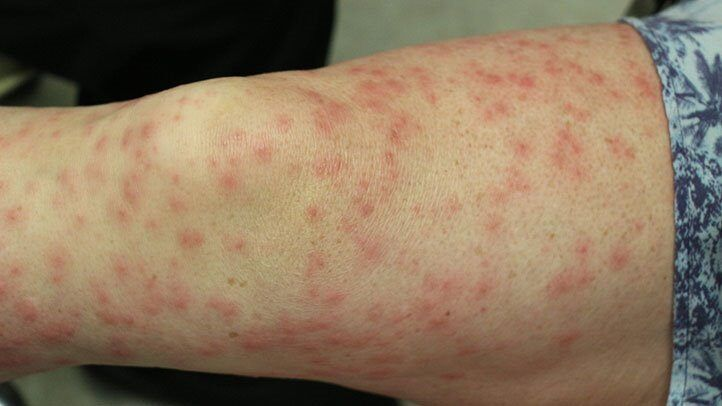What Is Eczema?
Eczema is a collection of skin conditions that make your skin dry, itchy, and inflamed. You might notice bumps on your skin, too. It often runs in families, and things like the weather or even stress can play a part. Sometimes, how our skin naturally protects itself isn’t strong enough, which leads to these issues. Whether you’re battling the itch or trying to figure out what’s causing it, understanding these basics is crucial.
Why Understanding Eczema Types Matters
Getting to know the different types of eczema is super helpful for managing it better. The right diagnosis can change your treatment plan and how you handle the condition. Some folks might even deal with more than one type at once! That means having a tailored treatment approach is essential. Understanding your specific type can give you an edge in dealing with the itchiness and discomfort every day.
Exploring the 7 Types of Eczema
There are seven main types of eczema, each with its own quirks. In India, the climate can make these conditions pop up more often. Here’s what you need to know about each kind:
Atopic Dermatitis: The Most Common Form
This type of eczema often starts in childhood and can stick around. It brings intense itching, changes in skin color, and can make skin feel different. Watch out for it on your face, neck, elbows, knees, and ankles. While it might get better as you grow, adults can still experience it. Keeping moisturized helps soothe the itch.
Contact Dermatitis: Reaction to Substances
Contact dermatitis happens when your skin reacts to something it touches. You can either be allergic to the substance or it can just be irritating. Itchy redness and blistering are common, especially on the contact spot. Everyday items like soaps or jewelry can cause it. Knowing what triggers these reactions is key to avoiding discomfort in the future.
Dyshidrotic Eczema: A Hand and Foot Condition
This type shows up as small blisters on your hands and feet, often when it’s hot outside. It’s common and can be quite itchy, leading to skin cracking. Trying to keep your hands and feet cool and dry can help minimize symptoms. It’s those warmer months that really test your patience.
Neurodermatitis: Itch and Scratch Cycle
This one starts with an itch, and scratching just makes it worse. The more you scratch, the thicker the skin becomes. It typically pops up on your arms, legs, and neck. Breaking the cycle means stopping that initial scratch even when it’s tough.
Nummular Eczema: Coin-shaped Patches
Picture round patches on your arms, legs, or back—itchy and sometimes oozing. That’s nummular eczema. These patches can become scaly over time. It’s often mistaken for other conditions, so getting the right diagnosis is vital.
Seborrheic Dermatitis: Affecting Oily Areas
This type of eczema loves oily skin spots like your scalp and face. It often shows up with greasy, yellowish scales. Babies might get it as well, with a condition called cradle cap. Managing oil and keeping the area clean can reduce flare-ups.
Stasis Dermatitis: Linked to Circulation Issues
Here we’re talking about eczema that appears mostly in your lower legs. Poor circulation can lead to swelling, redness, and itching. If left untreated, ulcers may form. Elevating your legs and keeping active can improve blood flow and reduce symptoms.
Symptom and Trigger Guide for Each Eczema Type
- Atopic Dermatitis: Itching, redness; triggered by allergens like dust
- Contact Dermatitis: Redness, blistering; caused by soaps, cosmetics
- Dyshidrotic Eczema: Blisters, itchiness; worsened by heat, moisture
Diagnosis and When to Seek Professional Help
Seeing a dermatologist is a smart move when dealing with eczema. They use your medical history, do physical assessments, and might run some tests. This helps in pinpointing your type of eczema. If you try solutions at home and they don’t work, or if you see your skin getting worse, professional help is necessary. They’ll guide you on the best steps forward.
Managing and Preventing Eczema Flares
Keep your skin moisturized and identify what sets off your eczema. Using creams right after a bath and staying away from known irritants can help. Think about your diet and lifestyle; sometimes they need a tweak, too. A focus on a specific plan based on the type you have can mean fewer flares and more comfortable days.
Conclusion: Toward Better Eczema Management
Understanding your eczema type helps you manage it better. Don’t hesitate to talk to a doctor about your symptoms. The more you know, the better you can handle it. Our goal is to help you have a life with less discomfort and more control.


